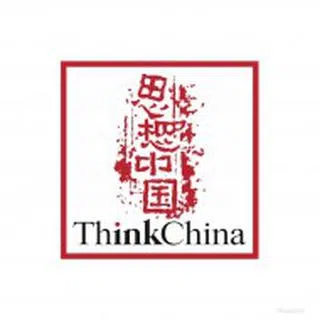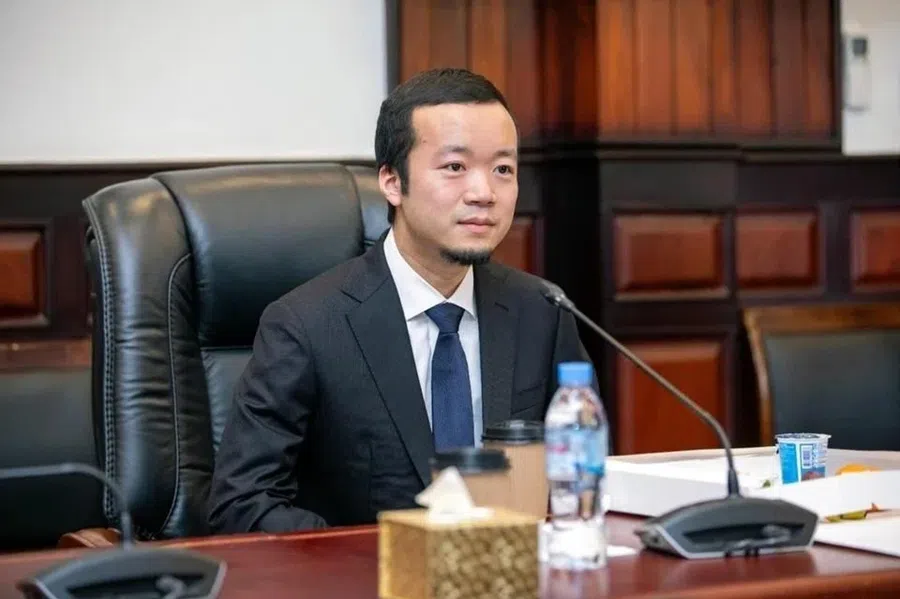[Big read] Sanctioned but surging: How China is building its AI empire
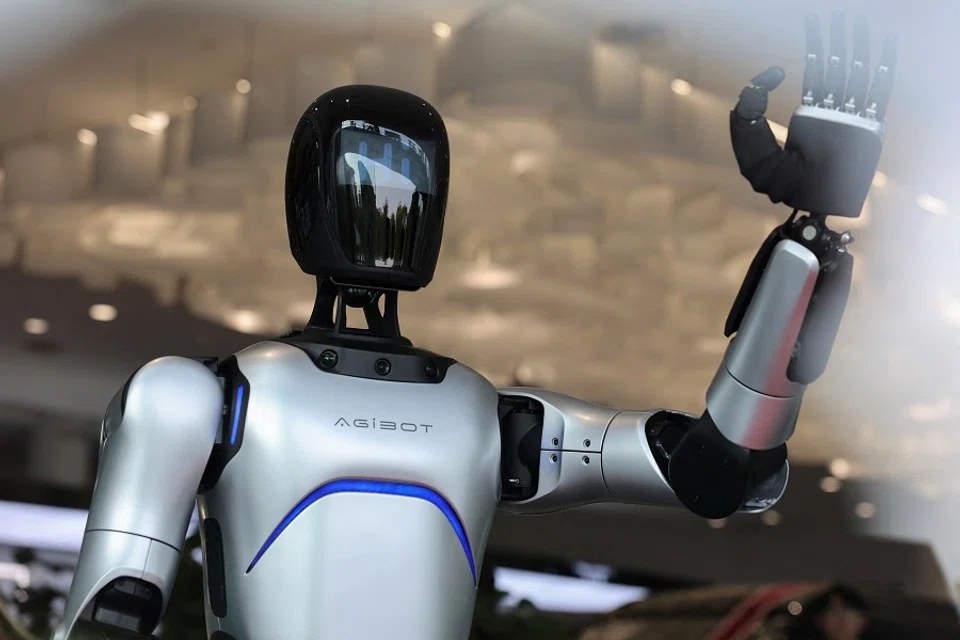
US efforts to restrict China’s access to advanced semiconductor technology have not stalled Beijing’s tech rise, but seems to have spurred a surge in China’s domestic innovation. Lianhe Zaobao journalist Tan Jet Min speaks to academics and industry players to find out more.
Since 2018, the US has strategically sought to contain China’s semiconductor and chip sectors by restricting the export of crucial components like chips and extreme ultraviolet lithography machines, hindering China’s progress in advanced artificial intelligence (AI). US officials have repeatedly emphasised AI’s vital role in national economic competitiveness and, consequently, national security. However, the sustainability of this strategy is being questioned.
Just a week after the Biden administration announced its “AI diffusion rules” — placing China in the most restrictive tier for chip exports — Chinese AI firm DeepSeek unveiled its R1 large language model on 20 January. This move seemingly defies US restrictions and challenges American dominance in AI.
At a tech summit held in Washington on 30 April, Nvidia CEO Jensen Huang was asked how far China lagged behind the US in AI. His response was forthright: “China is not behind… it is right behind us. We are very close.”
Five key pillars underpin AI development: talent, computing power, models, data and power supply. On four of these fronts, China is well-positioned.
China’s robust energy infrastructure, one to two generations ahead of America’s, has laid the groundwork to sustain its AI growth.
US chip sanctions: A failing strategy?
Speaking to Lianhe Zaobao, Tim Zhang, founder and CEO of Singapore-based consultancy Edge Research, noted that China overtook the US in terms of AI experts in 2016, with some 15,000 more people, and its lead continues to grow. Chinese companies like DeepSeek have also leveraged open-source models to quickly narrow their gaps in technical capabilities with global frontrunners like OpenAI. Meanwhile, China is also acquiring greater data capabilities to become more independent.
Furthermore, the massive computational power needed to train AI models requires reliable and plentiful power input. China’s robust energy infrastructure, one to two generations ahead of America’s, has laid the groundwork to sustain its AI growth.
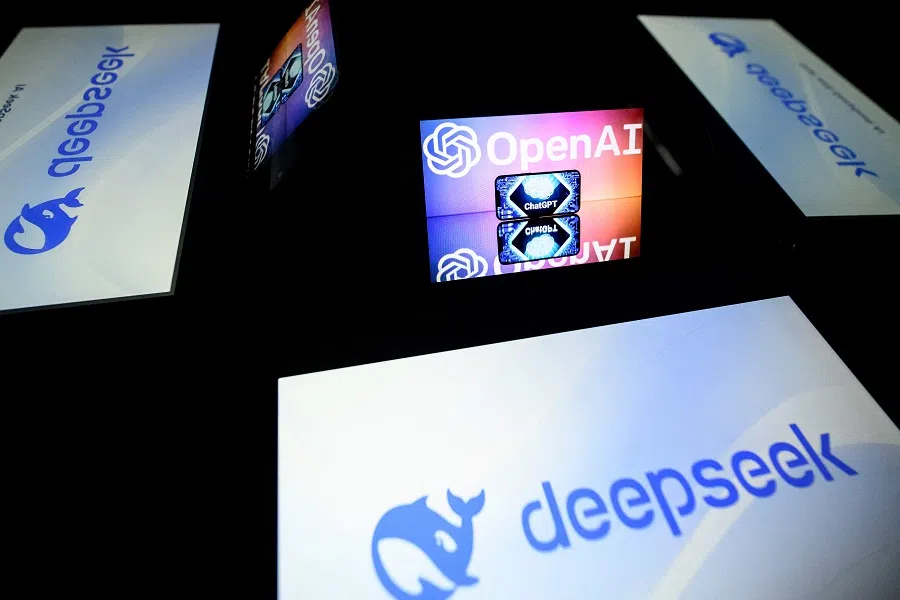
In contrast, the US primarily leads in computing power, heavily reliant on access to advanced chips. To maintain this advantage, Washington has implemented strict export controls aimed at slowing China’s progress and creating a strategic buffer.
But the effectiveness of its strategy is limited as China continues to track the US’s technological development closely. Nonetheless, the US shows no signs of relenting.
Zhang noted that the US has few options. “American chip restrictions may not be a strategic miscalculation so much as a move born of necessity. Of the five AI pillars, computing power is the only one the US can currently control.”
Gu Wenjun, chief analyst at Chinese semiconductor consultancy ICWise, believes Washington has overlooked a crucial dynamic in its tech blockade of China. He told Lianhe Zaobao, “I’m not sure the US has truly reflected on why years of sanctions have failed to halt China’s progress. If anything, it might have spurred China’s semiconductor industry on. In continuing to levy more sanctions against China, they might have underestimated the counter effect of this approach.”
US experts: Stifling China detrimental to American innovation
US academics are also sounding the alarm and urging their government to do more in helping the tech industry achieve breakthroughs, as they feel that an overreliance on stifling China could backfire by weakening innovation in American companies.
In a Foreign Affairs article published last July, Georgetown University Centre for Security and Emerging Technology researchers Hanna Dohmen and Jacob Feldgoise, alongside the university’s international affairs professor Charles Kupchan, urged the US government to capitalise on the opportunity to enhance innovation and establish a truly unassailable lead in the next crucial tech domain.
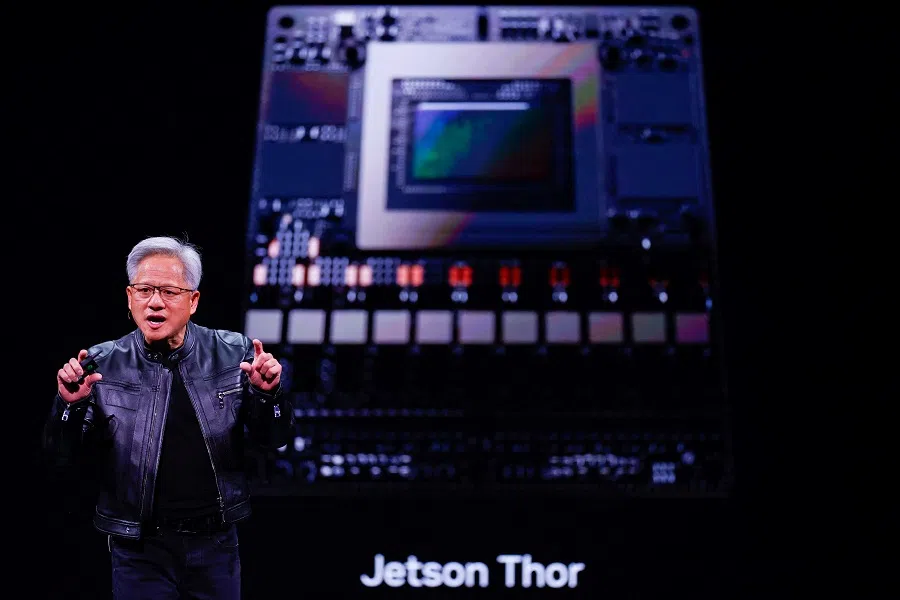
They pointed out that the current US chip restrictions on China is structurally flawed. While these control measures may temporarily slow China’s development in critical areas such as high-end chips, in the long run, the costs are significant — not only do they reduce the revenue of American and allied companies in China, but they also constrain their ability to continue investing in research and development, ultimately undermining the US’s own capacity for innovation.
The loss of Chinese revenue, which accounted for US$17 billion last year (13% of Nvidia’s global sales) according to media sources, threatens to diminish the company’s ability to invest heavily in R&D to maintain its lead.
The recent expansion of export controls by the US Department of Commerce this April to include “downgraded” chips like the Nvidia H20 and AMD MI308 — designed specifically for the Chinese market — illustrates the dilemma. Nvidia warned that the move could cost it US$5.5 billion.
Previously, Nvidia’s Huang revealed that each generation of its chips costs over US$20 billion to develop. The loss of Chinese revenue, which accounted for US$17 billion last year (13% of Nvidia’s global sales) according to media sources, threatens to diminish the company’s ability to invest heavily in R&D to maintain its lead.
A 2022 Carnegie Endowment report advised the US to develop a strategic, comprehensive plan for technological decoupling, cautioning against an uncontrolled, unsustainable escalation. The report recommended prioritising strategic investments in the domestic tech ecosystem to build resilience, rather than relying primarily on export controls, and urged clarifying the relationship between national security, economic competitiveness and tech leadership before designing policy tools.
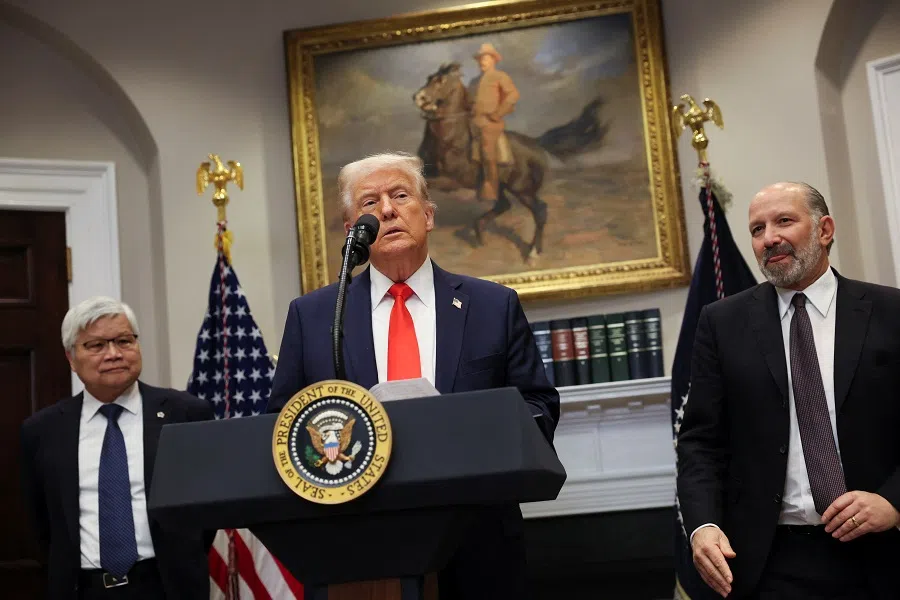
The Trump administration rescinded the “AI diffusion rule” on 14 May, citing stifled innovation, burdensome regulations, and damaged diplomatic relations. Revising the rule, however, is expected to take several months, according to the Wall Street Journal, as policymakers grapple with restricting China’s access to advanced chips without harming US companies.
This decision follows a 90-day trade truce with China, a reprieve from the month-long tariff war that began in April, secured after intense negotiations in Geneva. Zhang of Edge Research suggested Trump prioritises tariffs for their immediate political payoff, especially with midterm elections approaching, while AI regulation is a longer-term game. Yet, having initiated the chip blockade against China five years ago, Trump is unlikely to abandon this leverage easily.
While the US currently maintains an AI advantage through targeted restrictions, decoupling without careful calibration could backfire. Finding the balance between security and openness will most likely define the next stage of US-China tech competition.
The Huawei Ascend 910C chip that recently entered mass production is said to be comparable in performance to Nvidia’s flagship H100 and A100.
China catching up
Over the past five years, China’s chip industry has quietly picked up speed, with growing momentum in certain domestic alternatives.
Alexander Kersten, deputy director and fellow of Renewing American Innovation at the Center for Strategic and International Studies, told Lianhe Zaobao that the full backing of the Chinese central government enables Chinese firms to challenge their Western counterparts. At the same time, recent Chinese technological advances underscore a basic limitation in current US policy — export controls are relevant only so long as the US and its allies possess chip technologies that China wants and needs.
Even without access to the most advanced Western technology, China can still make technological progress, including military modernisation, by using older-generation chips and newer ones obtained by circumventing sanctions. Furthermore, Chinese firms are also capable of the R&D required to produce comparable substitutes.
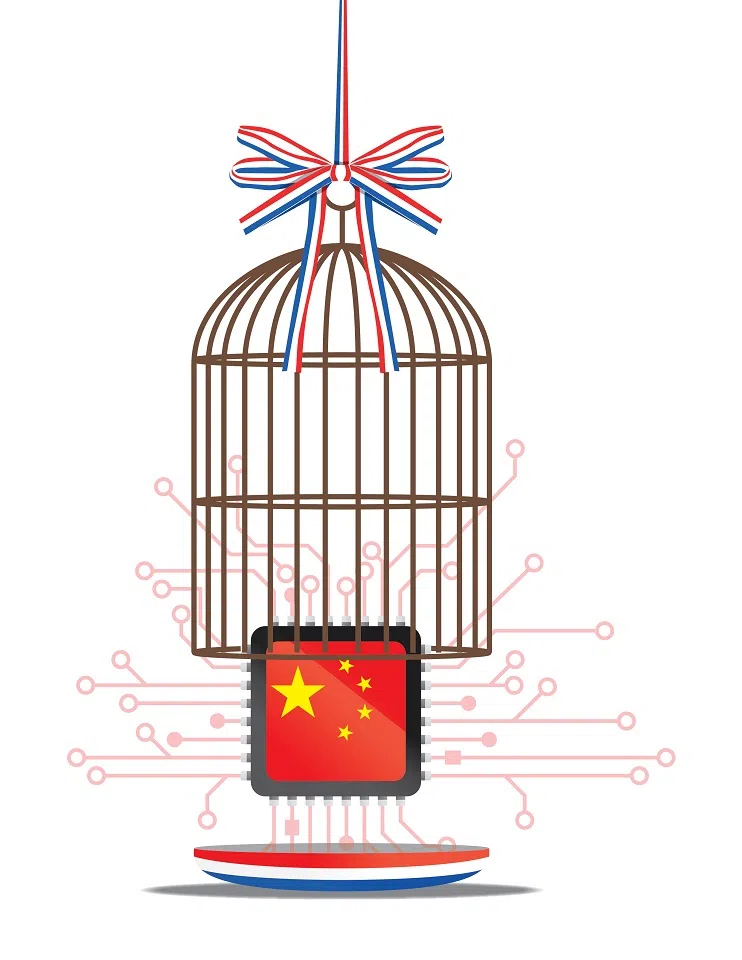
For instance, the Huawei Ascend 910C chip that recently entered mass production is said to be comparable in performance to Nvidia’s flagship H100 and A100. In certain benchmarks, the 910C even surpassed Nvidia’s downgraded H20 chip, an indication of the growing chip design capabilities of Chinese companies.
Paul Triolo, a partner at global consultancy DGA Albright Stonebridge Group and honorary senior fellow on technology at the Asia Society Policy Institute’s Centre for China Analysis, noted, “The US has grossly underestimated the ability of innovative companies such as Huawei, Alibaba, Tencent, ByteDance and DeepSeek to continue innovating and developing alternative approaches for AI model development, the major target of expanding US export controls.”
Controls targeting Huawei have backfired, incentivising it to shift its focus from telecommunications equipment to “leading overall efforts to rebuild the entire global semiconductor supply chain in China”. — Paul Triolo, partner, DGA Albright Stonebridge Group
Triolo said US controls have forced Chinese semiconductor toolmakers to collaborate heavily with front-end manufacturers, such as domestic foundry leader SMIC, which has spurred new innovation across the semiconductor supply chain. In addition, controls targeting Huawei have backfired, incentivising it to shift its focus from telecommunications equipment to “leading overall efforts to rebuild the entire global semiconductor supply chain in China”.
Innovative ways, state support and huge market
In terms of manufacturing, Chinese companies are actively advancing the localisation of equipment. Although full self-sufficiency has yet to be achieved, a clear path of “design-led, manufacturing-catch-up” is gradually taking shape.
By adopting innovative approaches — such as the use of chiplets (small chip modules) — Chinese firms are steadily breaking through limitations. These chiplets, when modularised and combined into a single high-performance system, help reduce reliance on individual high-end chips. In addition, Chinese researchers are promoting the application of smaller AI models, which lower computational power requirements and buy more time for domestic chip development.
While these China-produced chips may lag slightly behind in terms of efficiency and profitability, they are already sufficient to meet the demands of the domestic market. In terms of manufacturing precision and efficiency, they still fall noticeably short of international leaders like TSMC and cannot yet serve as fully stable replacements. However, with significant state investment and resource support, progress is expected to steadily improve.
... as Chinese chips continue to expand their market share and channel returns back into research and development, China is set to establish a self-reinforcing innovation cycle in the semiconductor sector.
Crucially, as Chinese chips continue to expand their market share and channel returns back into research and development, China is set to establish a self-reinforcing innovation cycle in the semiconductor sector.
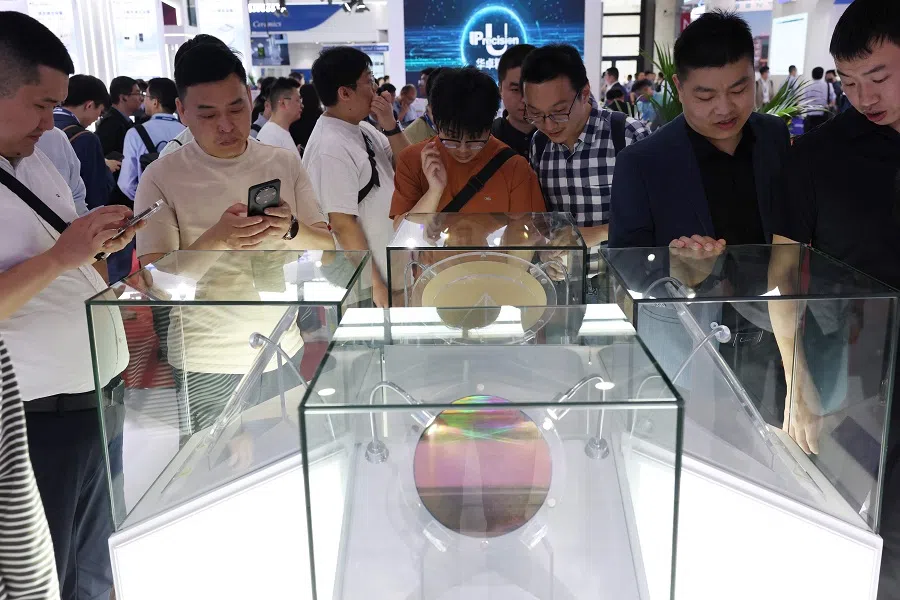
Handel Jones, a semiconductor consultant with International Business Strategies, projects that by 2030, Chinese firms will dominate more than half of the domestic market share in major chip segments. In the first three quarters of 2024, China’s semiconductor sales reached US$135.8 billion, nearly 30% of the global total.
AI factory as new China-US battleground?
At the 30 April tech summit, Jensen Huang emphasised that “AI factories” are emerging as the core infrastructure powering the rise of generative AI — poised to transform industrial structures much like electricity did in the 19th century. As countries race to maintain a competitive edge, AI factories are expected to become a key battleground in global technological competition.
An AI factory is not a traditional factory, but a specialised infrastructure system designed to support the full AI lifecycle: from data collection and model training to fine-tuning and large-scale inference. Instead of producing physical goods, these factories generate intelligence — measured in tokens produced per second by AI systems.
Tokens are the fundamental units through which AI understands and interacts with the world. A token might represent a word, a piece of an image, or a fragment of content. These serve as the raw material that generative AI uses to produce outputs and make decisions.
Unlike conventional data centres focused mainly on storage and computation, AI factories operate as real-time, intelligent production lines. They proactively generate text, images, decisions and automated actions — driving innovation across sectors such as healthcare, education and transportation.
China is rapidly evolving into an AI “supermarket”, integrating cutting-edge technologies across its economy.
AI revolution on three levels
According to Nvidia’s Huang, the AI revolution is unfolding across three levels — technical, manufacturing, and infrastructural — with the AI factory at its core.
Technical level: Traditional software is manually coded with fixed functions. In contrast, AI is powered by models trained on vast datasets and immense computing power, enabling autonomous learning and content generation.
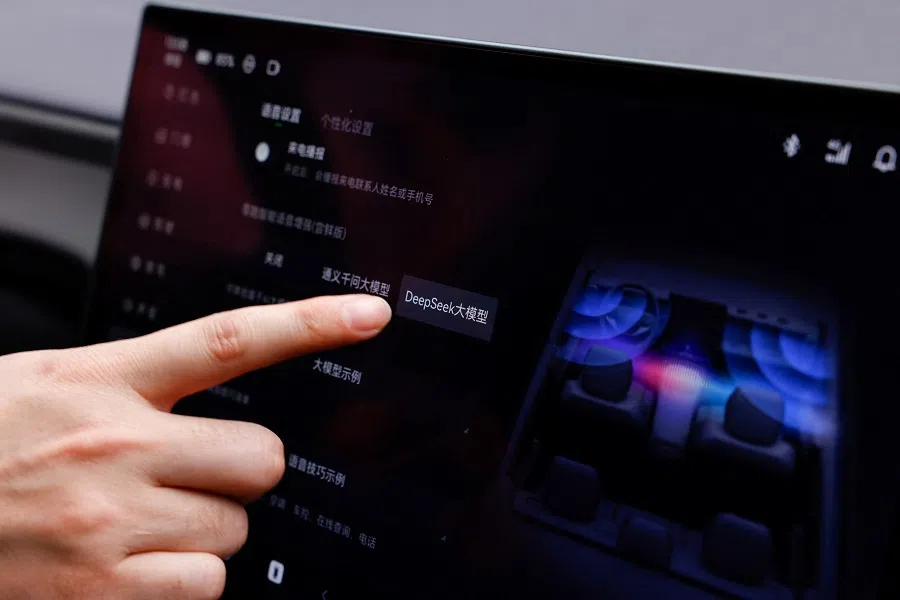
Manufacturing level: The AI training and generation process mirrors a highly automated production line. Supercomputers, fuelled by data and electricity, perform intense computations to generate tokens — basic units of AI output — which are assembled into intelligent applications.
Infrastructural level: AI factories are set to become the “second factory” across industries. For example, car manufacturers must now build not only physical vehicles but also AI systems — the “driving brain” — to power autonomous driving.
As generative AI models scale and tasks grow more complex, computing demands rise sharply. Fine-tuning and multi-turn reasoning can require 30 to 100 times more computation than initial training. Traditional data centres struggle to meet these needs.
AI factories are purpose-built to handle these challenges. By integrating specialised hardware, high-speed networks and automated software, they form an end-to-end pipeline for intelligent production. This boosts efficiency, simplifies scaling from prototype to deployment, and accelerates commercial adoption of AI technologies.
If it can align large-scale intelligent infrastructure with its already expansive AI application landscape, it could solidify its position in the global AI race.
China’s AI ‘supermarket’ and the rise of AI factories
China is rapidly evolving into an AI “supermarket”, integrating cutting-edge technologies across its economy. A March 2025 government work report pledged to accelerate the deployment of AI applications — from large language models and intelligent devices to smart manufacturing.
According to Goldman Sachs, this broad-based AI adoption could raise earnings for Chinese equities by 2.5% annually and boost stock valuations by 15–20%, potentially attracting over US$200 billion in investment. This underscores AI’s growing role not just in transforming China’s tech sector, but in shaping its economic future.
The question now is whether China can successfully integrate AI factories into this vast AI ecosystem. If it can align large-scale intelligent infrastructure with its already expansive AI application landscape, it could solidify its position in the global AI race. All eyes are watching.
This article was first published as “美国晶片笼子围困 中国智能提速破阵”.

